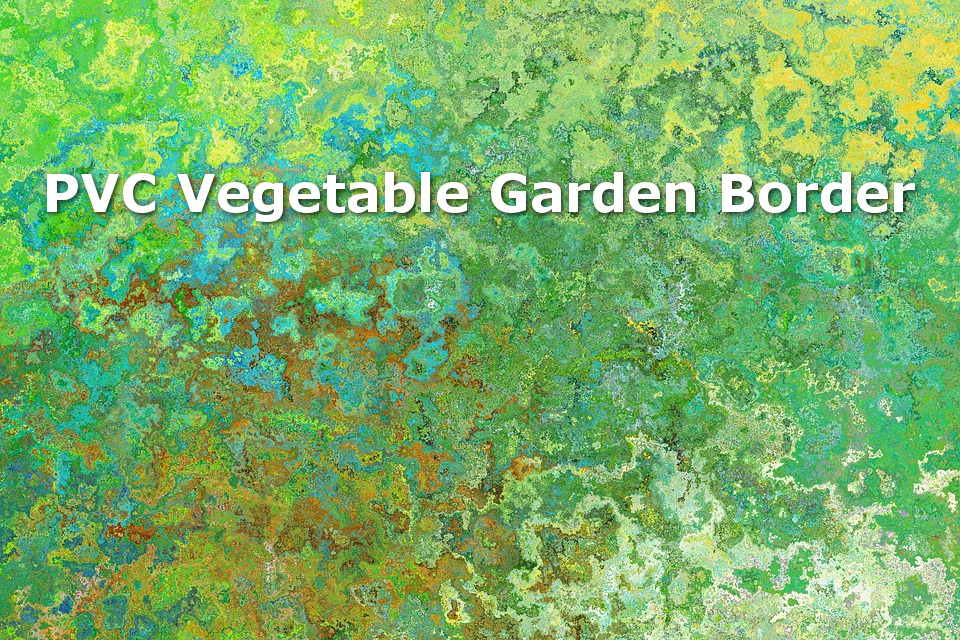Piping can be recycled and actually make great DIY Projects. With the many different alternative uses of piping the options are endless. This article will start with one of the most common alternative uses of piping — gardening. And even with gardening, there are many different ways to go about using pipes for your home garden which will be discussed in future articles.
One alternative use of piping right in your vegetable garden, simply by making a border for your garden with the piping of your choice. This is a great option for those who are looking to have a garden in the winter when most veggie gardens are a little dormant. Once you’ve grown the vegetable from the seed and nurtured it, you can pick them and cook them as you’d like.
Digging the Length of the Pipes and Adding Garden Wastes
Before bedding the piping into the soil, dig down about a third of the length of the pipes. For the first couple of months just compost directly into the beds and turn the soil at least once a week. It may also be a good idea to add lawn clippings and other garden waste, wood shavings, etc.
If you let some of each crop you grow go to seed you can harvest it for next season. As a result, you will have a variety of crops growing in and around your veggie plots. Some may even may still be seeding from as early as spring. This is great for those who are spontaneous and want to add a little excitement and creativity to their veggie gardens.
Adding More Herbs
Over time you can add more herbs, as you wish, to the pipes as well as other plants and annual flowers. In between the pipes and paves scatter different rockery plants which can be watered solely from any run-off of the garden.
Alternatives to Using Pesticides
If you don’t want to use any pesticides in your garden then keep some of the pipes empty so you can use them for natural pest traps, especially snail bait. Place recycled cans with handles and fill them with beer (snails and slugs LOVE beer). Snails cannot handle beer and and will eventually drown it, thus being added to one of your compost bins.


One thought on “How to Create a PVC Vegetable Garden Border”